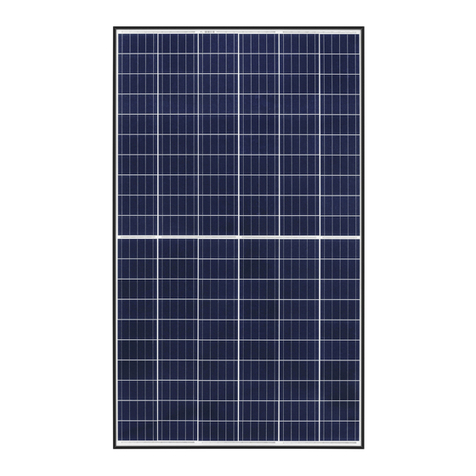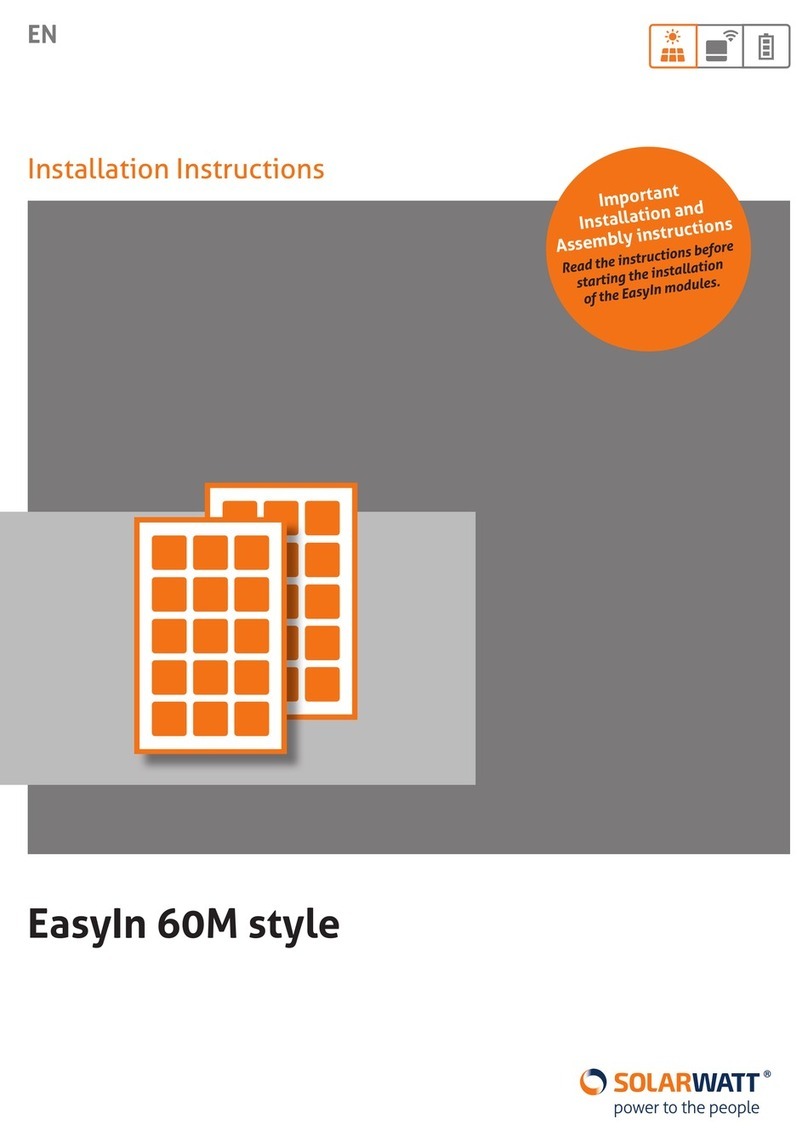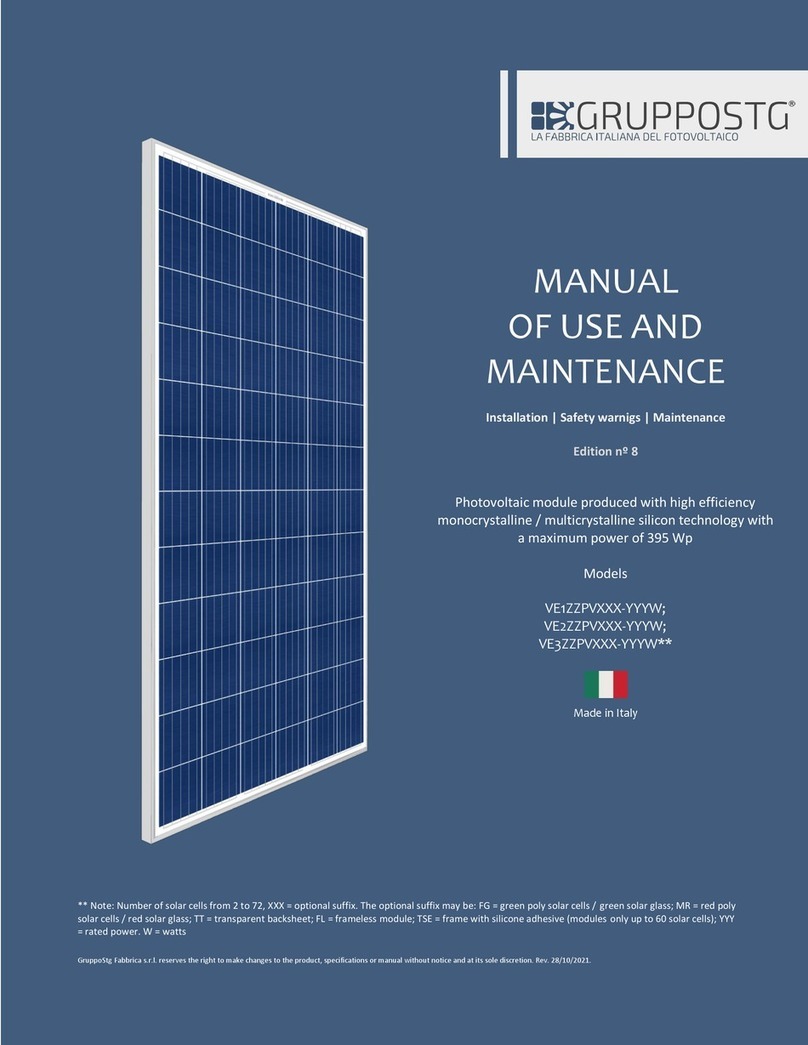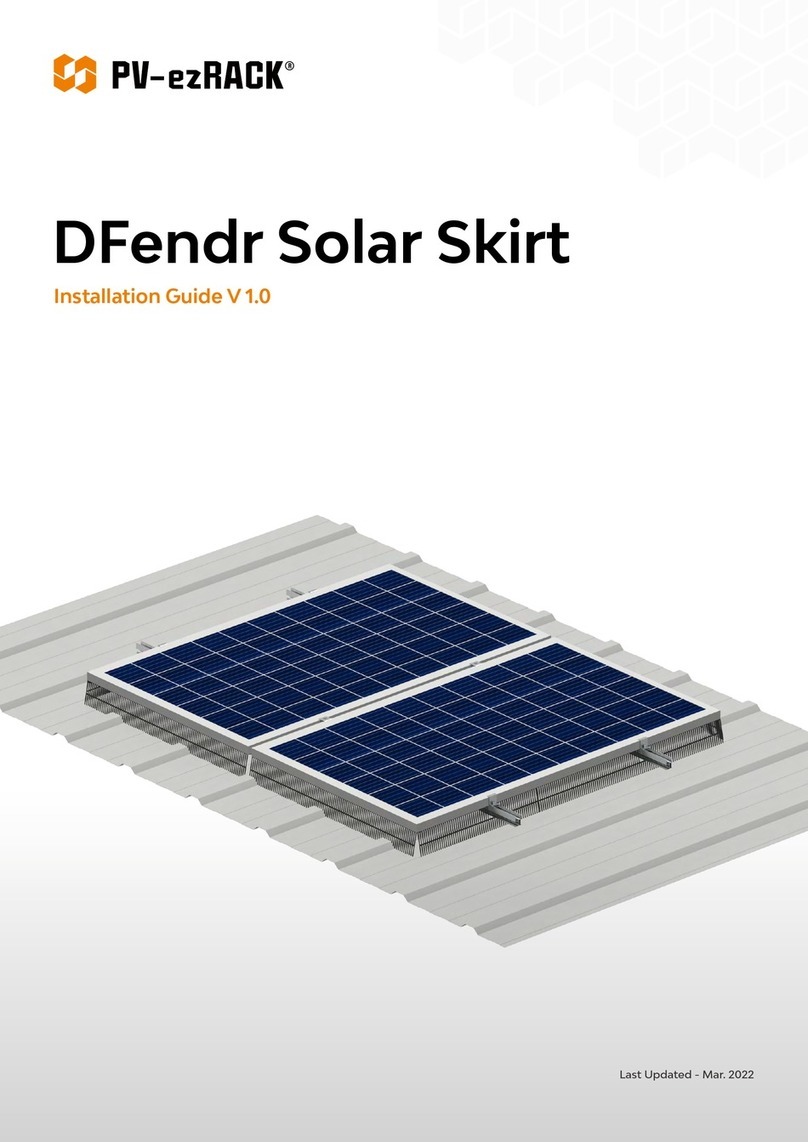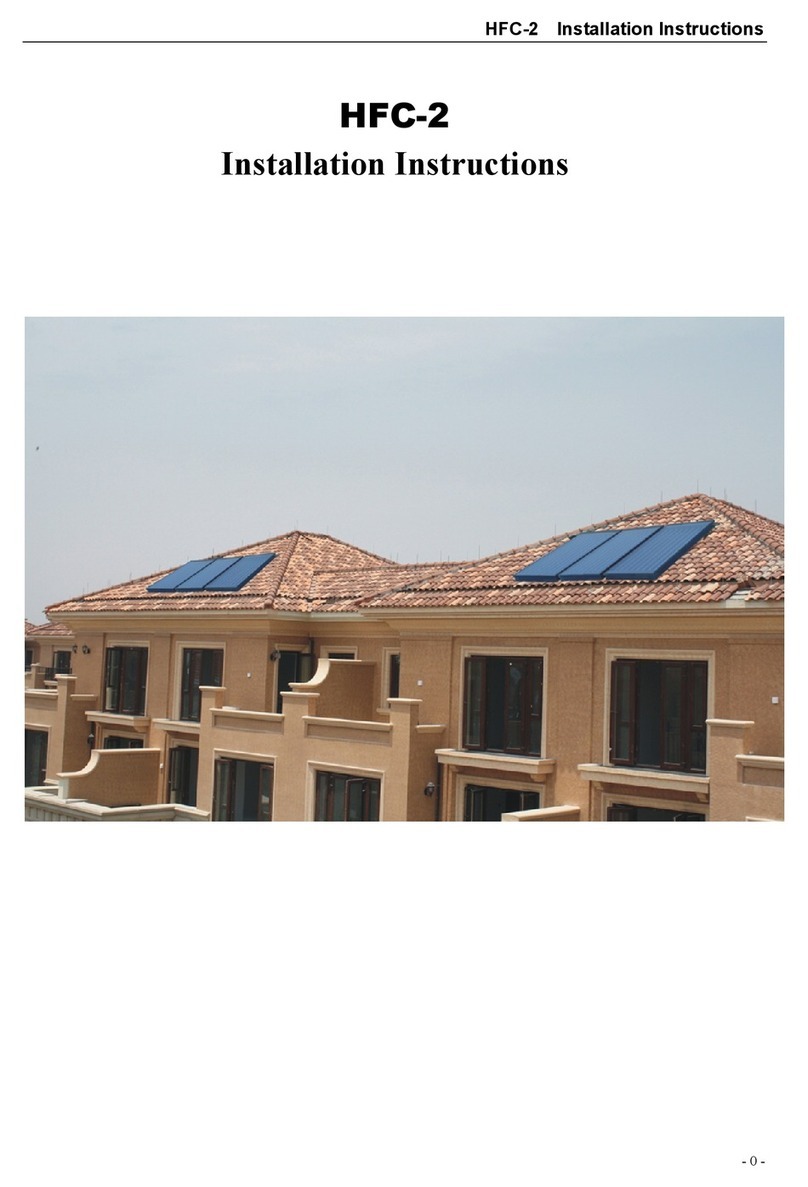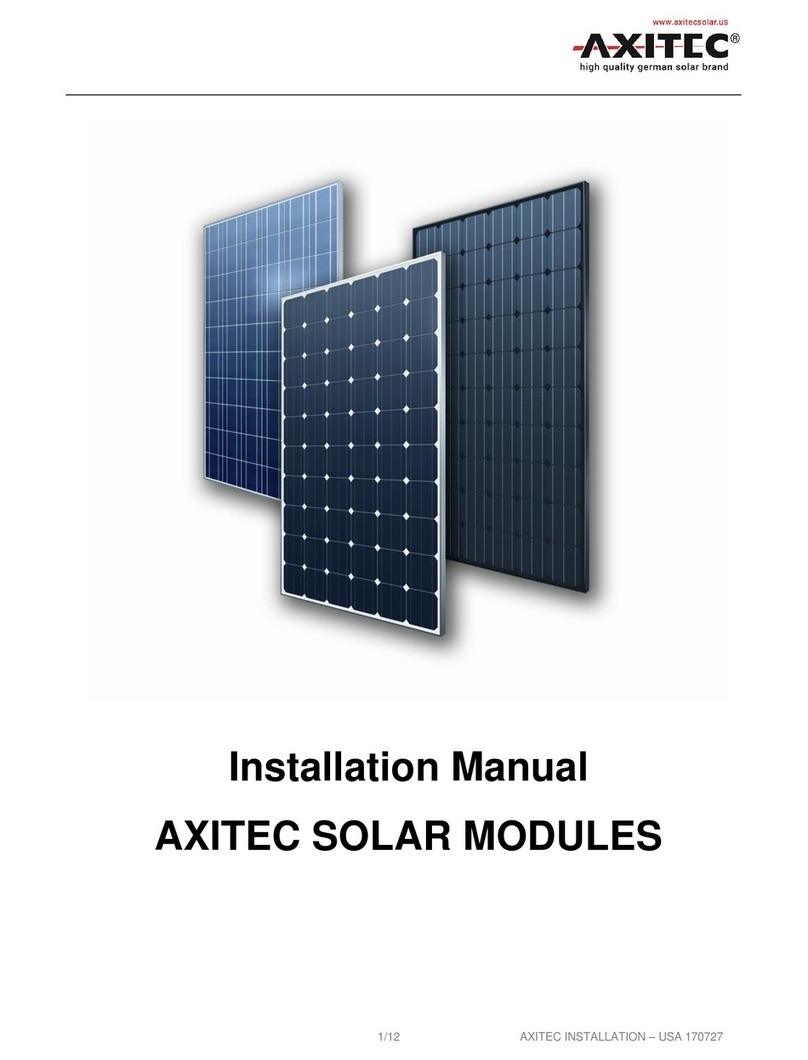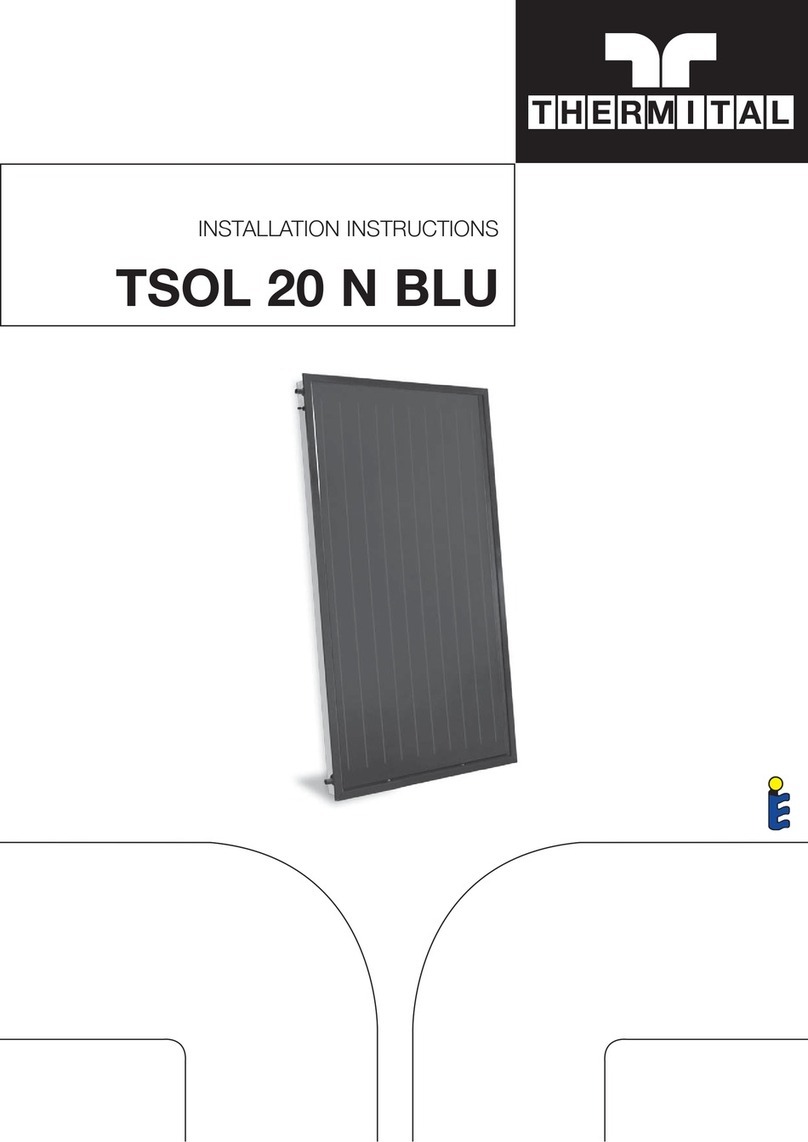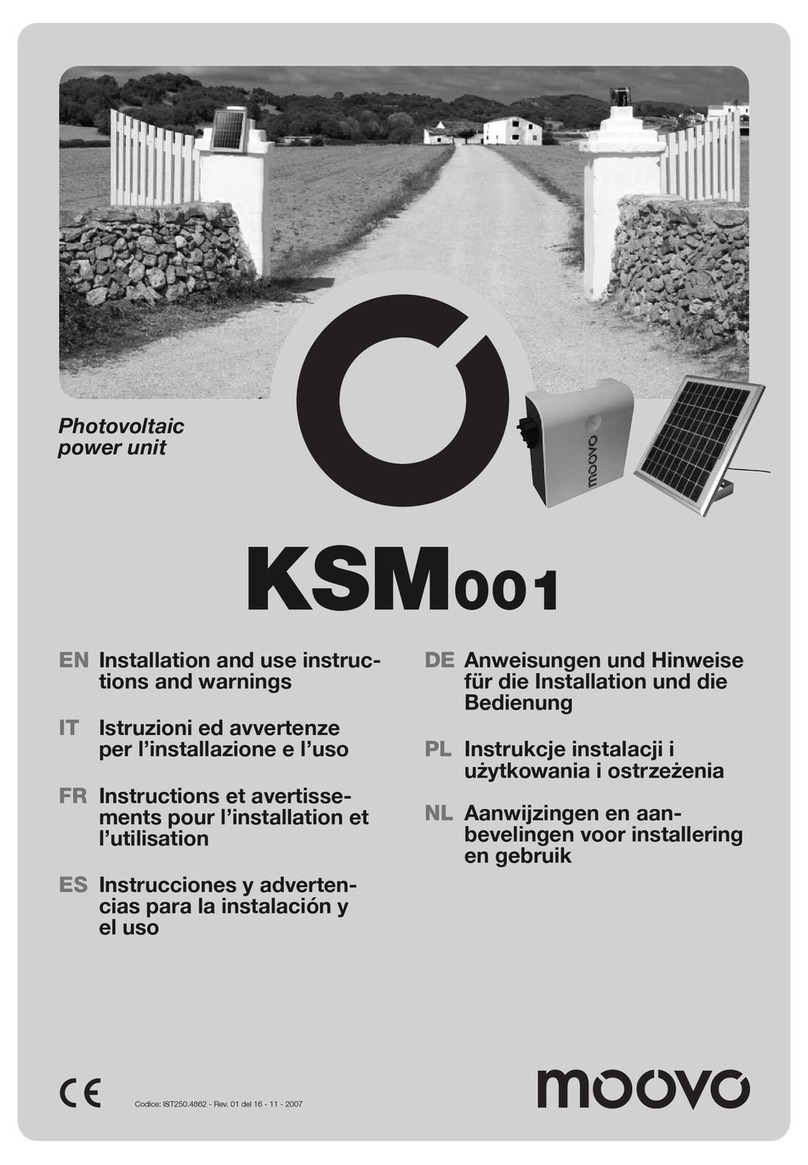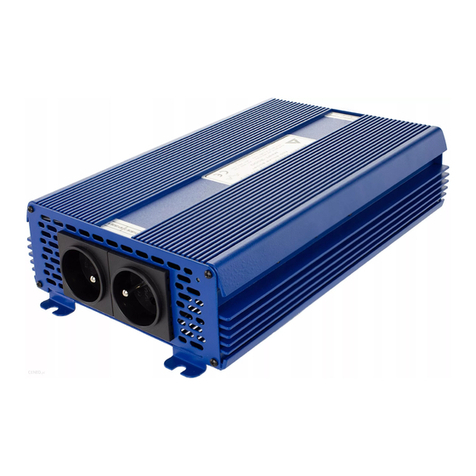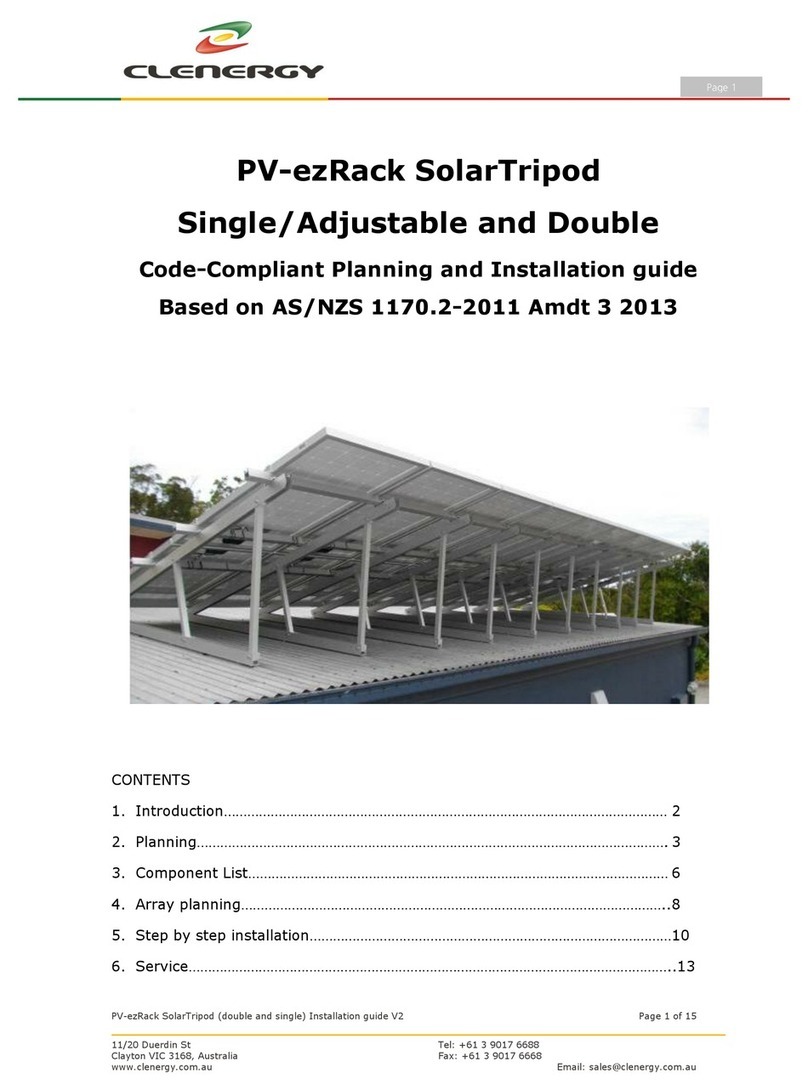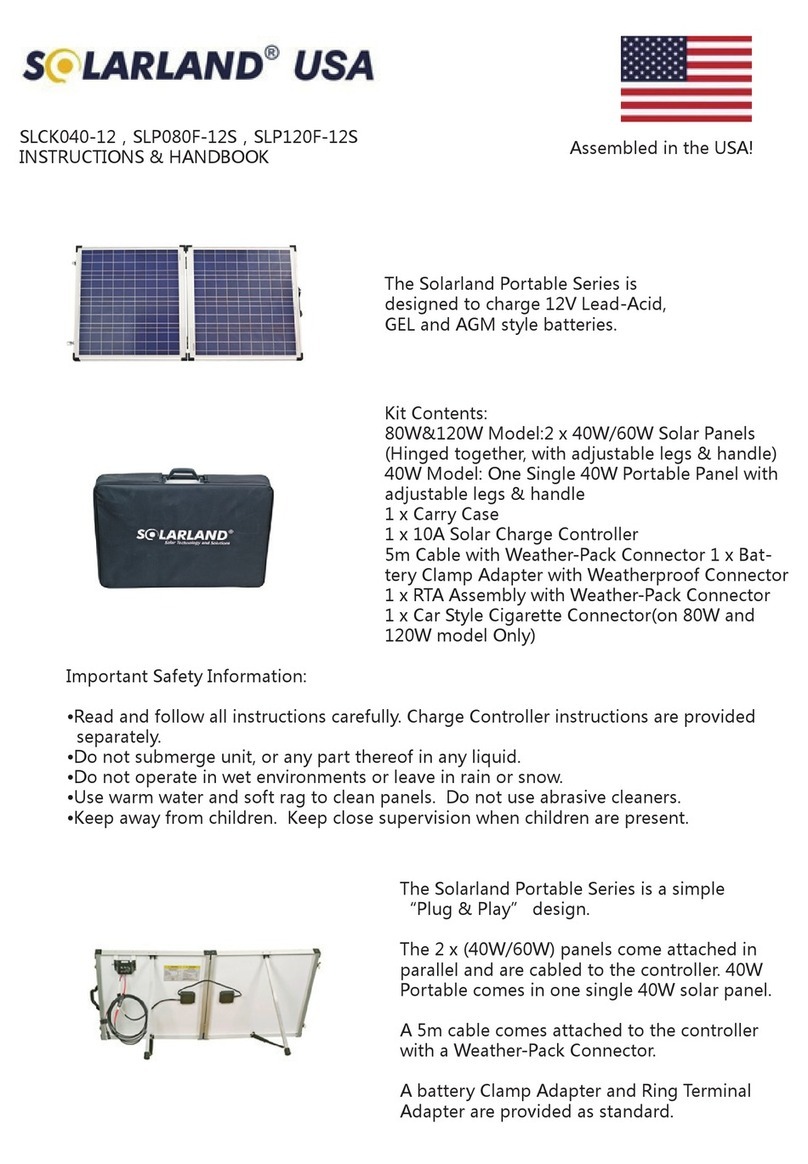Contents
Introduction
Laws and regulations
General information
3
3
3.1 Module identification
3.2 Regular safety
3.3 Electric performance safety
3.4 Operation safety
3.5 Fire safety
3
4
5
5
6
Installation conditions
1
2
3
4
4.1 Installation site and working environments
4.2 Selection of tilt angles
6
6
..................................................................................................................
....................................................................................................................
...................................................................................................................
...............................................................................................................................
......................................................................................................
..........................................................................................................................
......................................................................................................................................
...............................................................................................................
..........................................................................
Mechanical installation5
................................................................................................................ 7
5.1 Regular requirements
5.2 Way of installation
...............................................................................................................8
8
..................................................................................................................
9
......................................................................................................................
Electric installation
6.......................................................................................................................11
6.1 Electric performance
6.2 Cables and connecting lines
...................................................................................................................11
13
....................................................................................................
6.3 Connector...................................................................................................................................... 13
6.4 Bypass diode................................................................................................................................ 14
Grounding7 ......................................................................................................................................... 14
.................................................................................................................................... 3
7.1 Grounding by grounding clamp
7.2 Grounding by unoccupied mounting holes
7.3 The third party grounding devices
15
16
17
...............................................................................................
..........................................................................
..........................................................................................
Operation and maintenance8 ..................................................................................................17
8.1 Cleaning
8.2 Module appearance inspection
8.3 Inspection of connectors and cables
........................................................................................................................................
...............................................................................................
......................................................................................
17
18
18
Suited Module Types
The list of the modification
9
10
.....................................................................................................
..................................................................................................................
18
19
2
Installation Manual PV Modules High Power Half Cut
